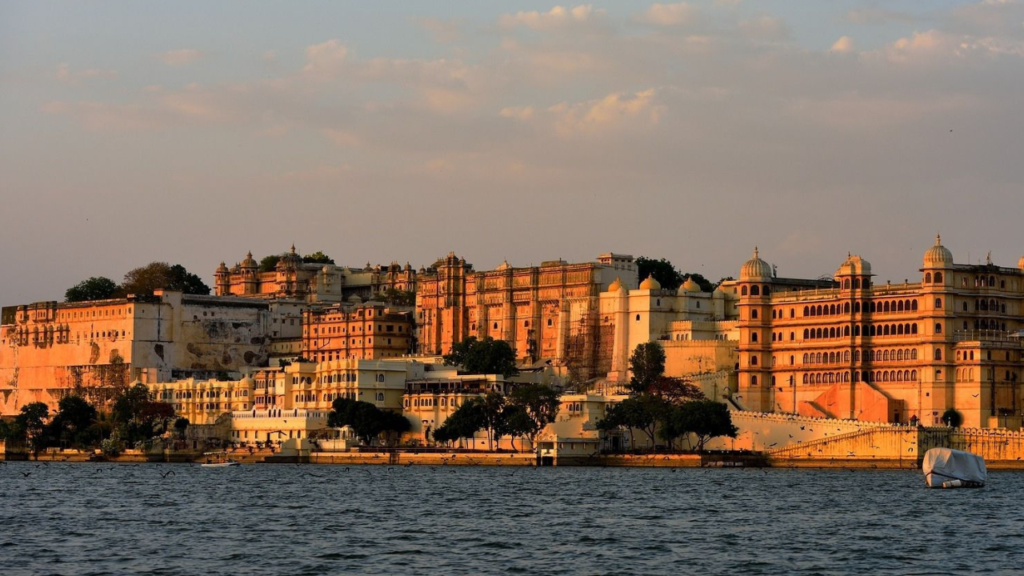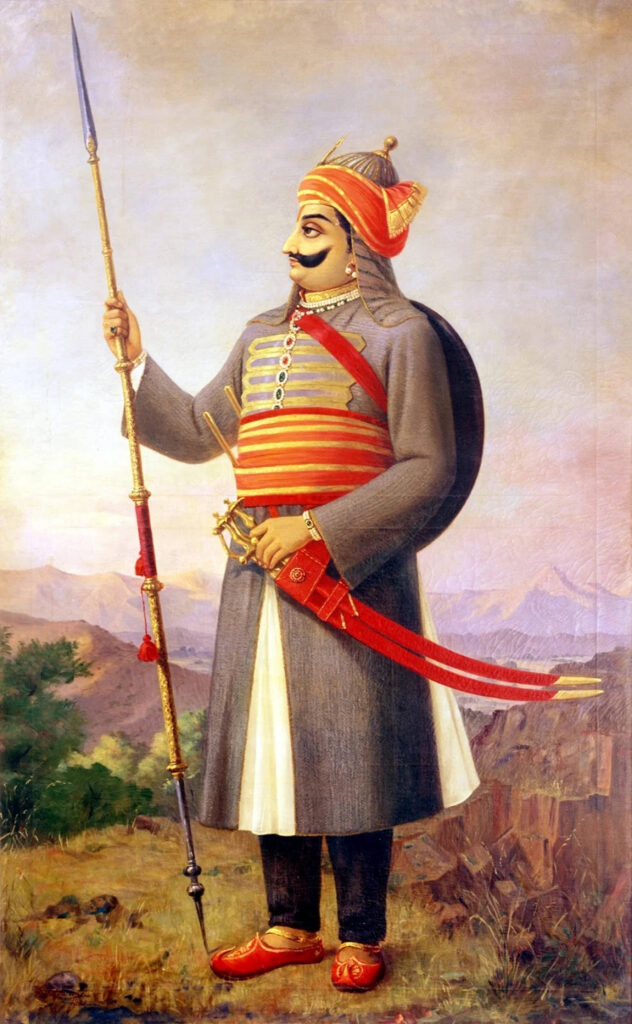History of Udaipur
Udaipur, known as the “City of Lakes,” has a rich and storied past, shaped by its strategic location, royal legacy, and cultural influences. The history of Udaipur is marked by significant events, influential rulers, and a unique blend of Rajasthani and Mughal architectural styles. This page delves deep into the history of Udaipur, exploring its origins, from its founding in 1559 to its role in modern India. It highlights key historical moments, such as the Battle of Haldighati and the establishment of the City Palace, showcasing how these events shaped Udaipur’s development. The history of Udaipur is also reflected in its vibrant culture, blending local traditions with Mughal influences to create a rich heritage that continues to thrive today.



Founding of Udaipur
Legend and Origins:
Udaipur was founded in 1559 by Maharana Udai Singh II, the 13th ruler of the Mewar dynasty. While Udai Singh was hunting in the Aravalli Hills, he came across a beautiful spot by Lake Pichola. The calm lake and the hills around it made him feel that this place was special. He decided to build a new city here because he believed it would bring peace and prosperity.
Strategic Location:
Udaipur was chosen because it was protected by the hills of the Aravalli Range at the southern end. This made it hard for enemies to attack the city. The lake also acted as a natural moat, providing extra protection from the north.
Mewar Dynasty and Udaipur
The Mewar Kingdom:
Udaipur was made the capital of the Mewar kingdom by Maharana Udai Singh II. This was the start of the Mewar dynasty’s golden era , known for its growth in culture, buildings, and resisting Mughal rule. Moving from Chittor to Udaipur helped the Mewar rulers make their kingdom stronger.
Rulers of Udaipur:
Maharana Udai Singh II (1559–1572):
Udai Singh, who founded Udaipur, made the city strong to protect his kingdom. His rule focused on making the City Palace, a big complex that became a symbol of the Mewar dynasty’s greatness.


Maharana Udai Singh II (1559–1572):
Udai Singh, who founded Udaipur, made the city strong to protect his kingdom. His rule focused on making the City Palace, a big complex that became a symbol of the Mewar dynasty’s greatness.
Maharana Amar Singh I (1597–1620):
Amar Singh made Udaipur stronger by building walls to keep it safe. During his time, the city also became a place where artists, poets, and craftsmen from across India came to live.


Maharana Raj Singh I (1652–1680):
Raj Singh’s reign was marked by building the City Palace—a grand complex that became the center of Udaipur. His administration was marked by peace and the promotion of art and culture.
Maharana Jai Singh (1708–1743):
Jai Singh’s reign was turbulent, with internal conflicts and power struggles among regional leaders. Despite this, he made efforts to modernize Udaipur by building new roads and fortifications.


Maharana Bhupal Singh (1884–1930):
Bhupal Singh was the last Maharana of Udaipur before India became independent. His reign marked a shift from a princely state to modern India, with changes like electricity and better infrastructure. He worked to keep Udaipur’s cultural identity intact.
Cultural Flourishing
Architecture: Udaipur is known for its unique mix of Rajput, Mughal, and European styles. The City Palace, Jagdish Temple, and Lake Palace are examples of Udaipur’s grand buildings. The City Palace complex, built over many years, has different palaces, courtyards, and towers, filled with beautiful paintings, mirrors, and stained glass windows.
Art and Culture: Udaipur’s culture is shown in its art, music, and dance. The miniature painting style, which started here, is famous for its detailed and colorful pictures. Folk music and dances like Ghoomar and Kalbeliya are an important part of Udaipur’s culture, telling stories through song and dance.
Festivals: Udaipur celebrates festivals like the Mewar Festival, Teej, and Gangaur with great excitement. These festivals mark the seasons and honor local gods, showing Udaipur’s rich culture through music, dance, and traditions.

Modern Udaipur
From Princely State to Part of India: Udaipur became part of independent India in 1947, and the transition was relatively smooth. The royal family still plays a significant role in preserving the city’s heritage and supporting local communities. Udaipur’s unique blend of history and modernization allows it to maintain its cultural identity while integrating into the modern world.
Tourism and Economy: Today, Udaipur is a popular tourist destination known for its lakes, palaces, and heritage hotels. Tourism has become a significant part of the economy, providing jobs and revenue. Udaipur’s commitment to preserving its heritage while adapting to modern needs has helped it maintain its charm and allure.
Notable Events
Battle of Haldighati (1576):
This was a historic battle between the Mewar forces led by Maharana Pratap and the Mughal army commanded by Man Singh I of Amber. Despite being outnumbered, Maharana Pratap’s forces successfully resisted the Mughal advance, making it an important moment in Indian history.
Inauguration of the City Palace (1559): The City Palace started being built soon after Udai Singh decided to make Udaipur his capital. Today, it’s a museum that shows Udaipur’s rich history and the Mewar dynasty’s wealth and opulence.

